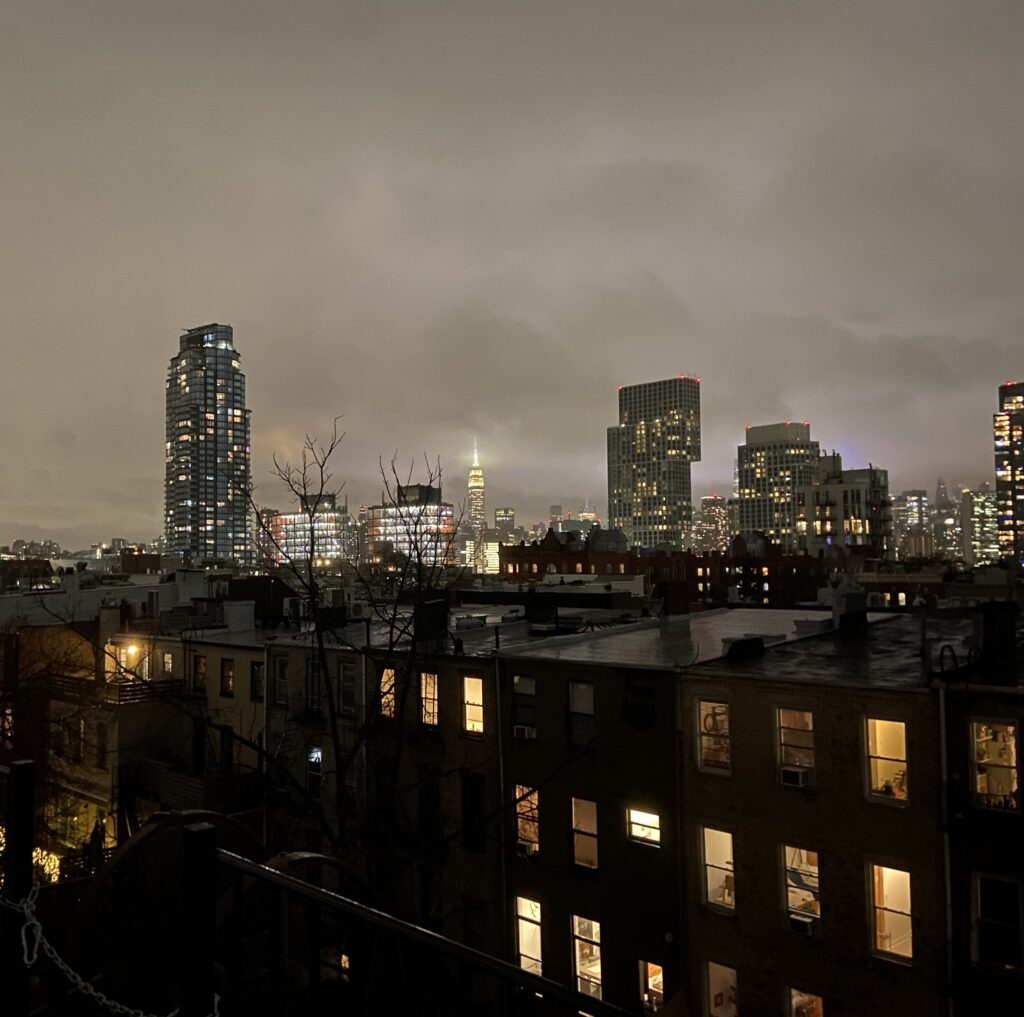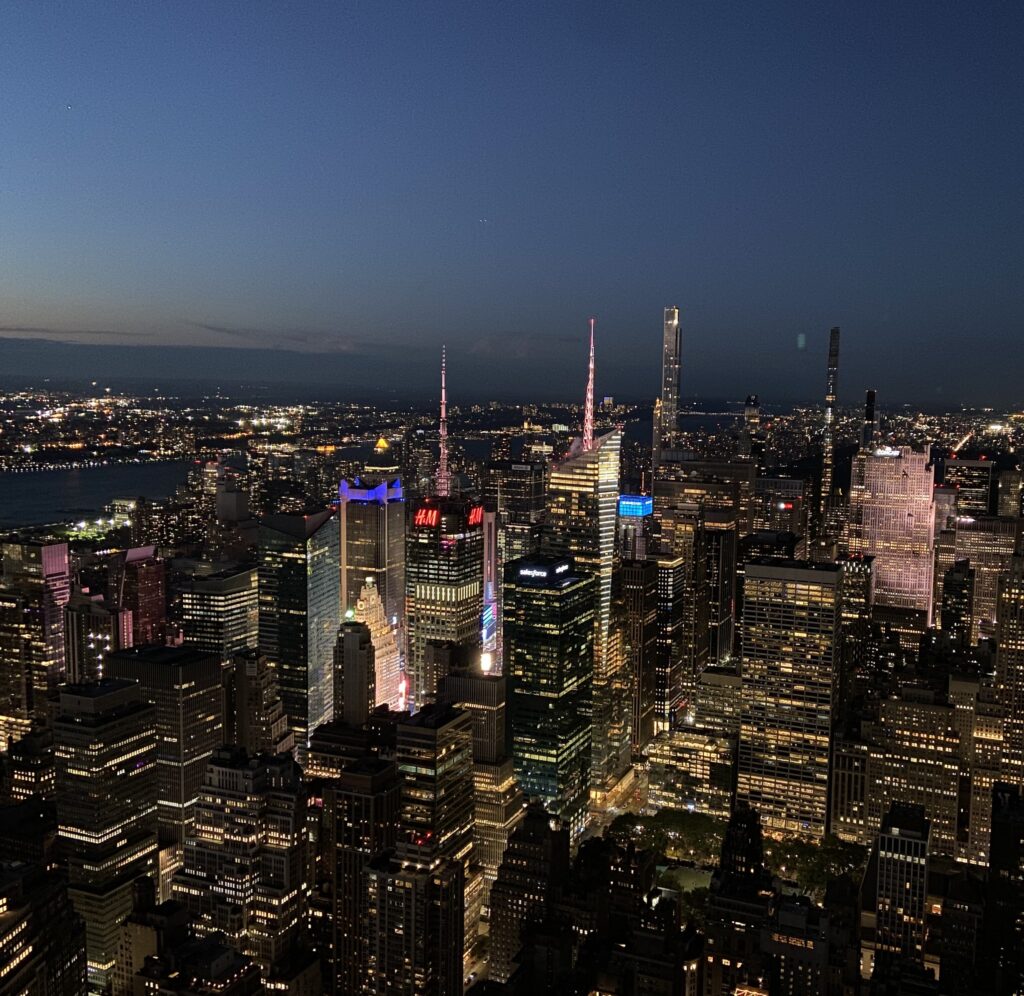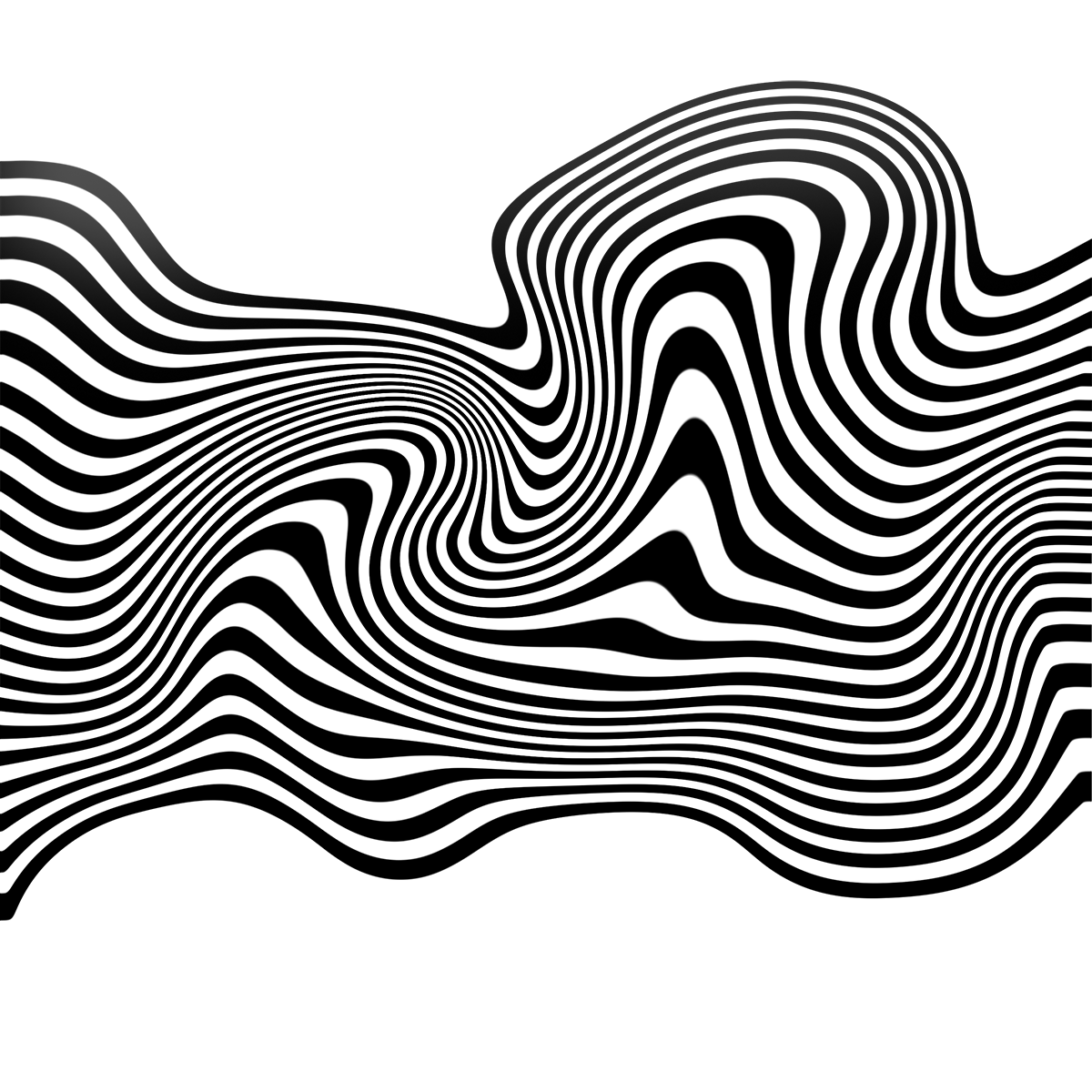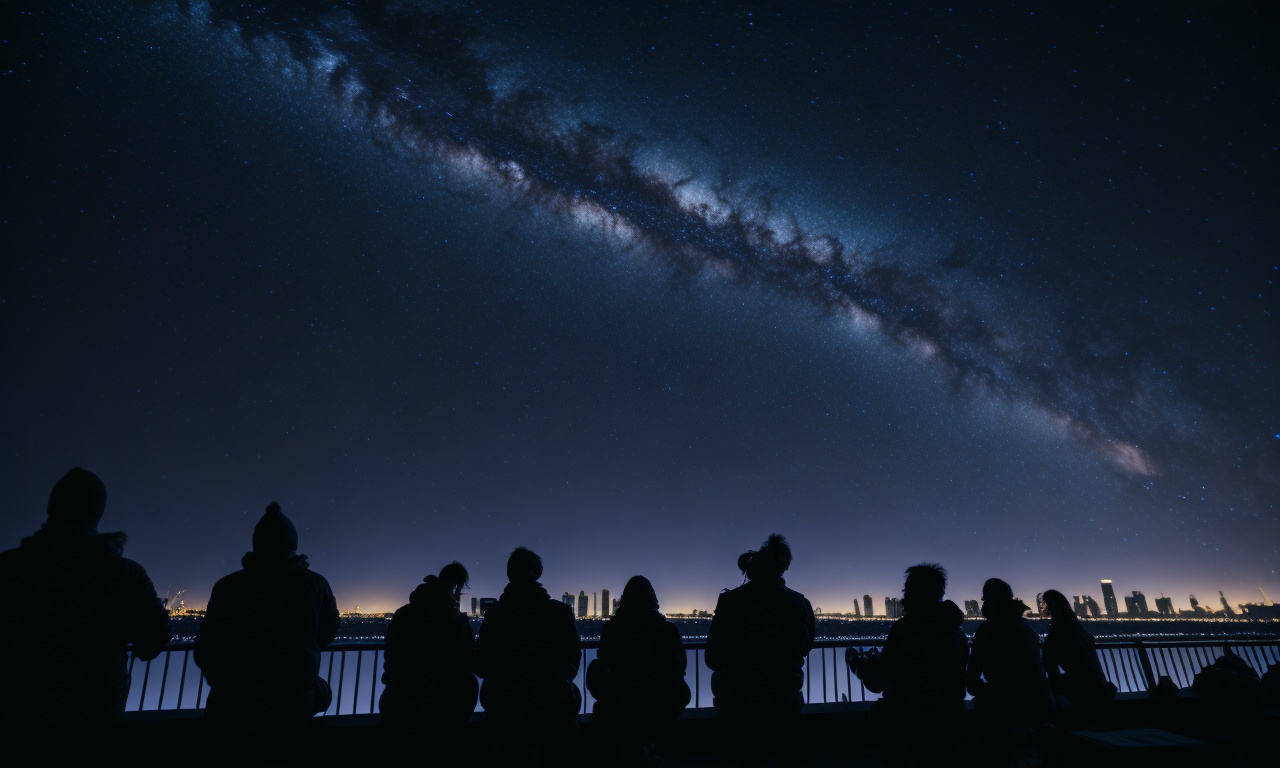Blinded by light pollution, urban astronomers are seeking new ways to connect with the cosmos
In the heart of the last ice age, early Homo sapiens may have been too busy fending off saber-tooth tigers or Komodo dragons to notice a faint emerald speck meandering through the stars overhead. Recently, however, astronomers heralded the return of Comet C/2022 E3 (ZTF) as a once-in–a-lifetime cosmic event for all of humanity to witness.
Dubbed the “green comet” by hopeful observers, it is currently passing through our solar system for the first time in 50,000 years. But, as stargazers turn their eyes to the heavens in excitement, light pollution from cities and other manmade sources – known as “skyglow” – will prevent millions from witnessing its long-awaited encore.
Just a few decades back, urban and suburban astronomers could manually aim their telescopes at the heavens and find some wonder of the night sky. Today, light pollution is challenging amateurs and professionals alike.
In 2022, research from the International Dark-Sky Association (IDA) revealed a 49 percent increase in global light pollution over the last 25 years owing to mass urbanization and 24-hour advertisement. With large cities in the United States among the brightest places on the planet, millions of urban and suburban residents are being deprived of dark nights, shimmering skies, and the fundamental joys of stargazing.

Skyglow has become so excessive that New York City astronomers like Mauri Rosenthal have been forced to use expensive optical equipment and sophisticated image-processing software to artificially cut light pollution.
Rosenthal, a retired medical executive and active member of the Amateur Astronomers Association of New York (AAA), spends his Thursday nights perusing the sky for new astronomical targets. But these weekly observations are far more complex than simply peering into a telescope.
Connecting with fellow AAA observers and city residents from his backyard in Yonkers, Rosenthal flips open his laptop, starts a Zoom call, and fires up what he calls his “urban astronomy” system: multiple scopes and cameras tangled with cords and connected devices.
Due to light pollution from New York City’s metropolitan environs, Rosenthal was forced to adapt his hobbies of astronomy and astrophotography in order to counteract the brightness of the urban sky.
Since the gear necessary for urban astronomy often comes with an exorbitant price tag, most amateur astronomers have no choice but trek to observatories or dark-sky sites outside the city, or virtually connect with semi-pros like Rosenthal for a vicarious experience.
“Most people assume there is very little you can see in the city. And compared to a pristine dark site, they are correct,” wrote AAA member Jason Tang in an article for AAA’s online publication, Eyepiece. “But for many people, looking through a telescope at a public outreach event marks the first time they will have ever seen one of the planets or the moon in detail with their own eyes.”
According to Tang, while the equipment needed to view the stars has evolved as light pollution has increased, the core idea of generating interest in astronomy through public outreach has not changed much over time. In fact, AAA grew out of a rich history of amateur and “sidewalk” astronomy in New York City.
In the mid-1800s, a large contingent of telescope enthusiasts branched off from New York’s camera industry and organized into a thriving community of telescope makers, scientists, and amateur astronomers. According to AAA vice president Bart Fried in an interview on the AAA Sky podcast, “People already understood that you needed darker skies and the streetlights of New York City were prohibitive, even then.”
Sidewalk astronomy in New York predates even the Amateur Astronomers Association, which formed out of the newly created Astronomy Division at the American Museum of Natural History in 1927. Throughout the 1920s, a series of unprecedented astronomical events–not unlike the green comet–galvanized public interest in astronomy.
Around this time, astronomers like Arthur Nursey, who was known as the “telescope man” of Union Square for over 30-years, began bringing telescopes to the streets for the public to use. According to an obituary in the New York Times in 1932, Nursery, who had studied astrophysics at Oxford University, spent the latter decades of his life urging passers-by to “gaze upon the wonders of the universe, see the mountains of the moon, the pale splendor of the Pole Star, and the beauty of Saturn” for just 10 cents.
Nearly 70 years later, under even brighter skies, this tradition was revitalized when AAA member and NYC Urban Park Ranger Keith Rowan established Starfest, a free annual astronomy festival in Central Park, in 1995. Stemming from a long history of public astronomy gatherings in New York, Starfest has allowed city residents without high-powered telescopes to view the moon, stars, eclipses, and nebulae in person and has grown from hundreds to thousands of attendees since its inception.
Today, in addition to Starfest, members of AAA regularly lead groups of city residents to darker spots in the outer boroughs, such as Floyd Bennett Field or Fort Greene in Brooklyn, to observe the visible stars and planets.
Unfortunately for amateur astronomers, however, the last quarter century has also seen the mass expansion of cities like New York. As fluorescent streetlights abound and dazzling high-rises fill every square inch of available real estate, light pollution has skyrocketed.
This is the foggy reality of most Americans–only 1 percent of whom can see the Milky Way.

“On one hand light pollution is increasing rapidly and humanity is not too slowly losing our view of the stars,” wrote AAA board member Stan Honda for Eyepiece. “On the other hand, legions of scientists, professional and amateur astronomers, community activists, park rangers, artists and others are working feverishly, with many success stories, to mitigate artificial lighting.”
To this day, amateur astronomers and organizations like AAA remain New York City’s lifeline to the stars. Virtual observations and weekly stargazing gatherings hosted by passionate astronomers keep New Yorkers connected to the stars despite its brighter-than-ever night sky.
As one such astronomer, Mauri Rosenthal continued this tradition from the light-polluted suburbs of Manhattan this past Thursday. He connected to Zoom and scanned the sky for faint streaks of green through high-powered binoculars, but comet C/2022 E3(ZTF) was nowhere to be found.
Nevertheless, “As is often the case, astrophotography reveals the invisible,” Rosenthal wrote on his photoblog alongside a photo of a single green dot in a white starfield. With a costly assemblage of gear and after hours to collect and process images, he can capture almost any deep-space object targeted by astronomers in darker areas.
Despite Rosenthal’s mission to “make the invisible visible for New Yorkers,” however, the vast majority of people living in cities do not have access to high-end astronomy gear or the outreach of organizations like AAA.
With 80 percent of the world’s population and 99 percent of Americans and Europeans living under skyglow, the unfortunate reality is that, for most people, the Green Comet will likely come and go without a trace until its next world tour in 52,023.


